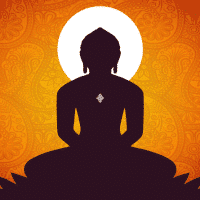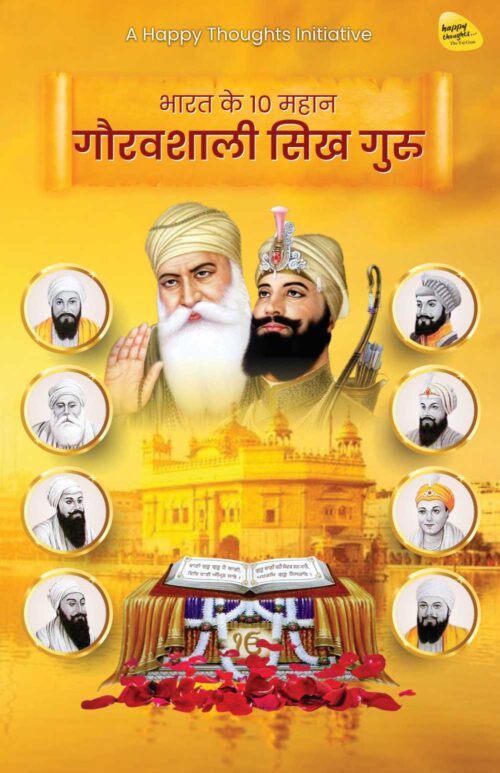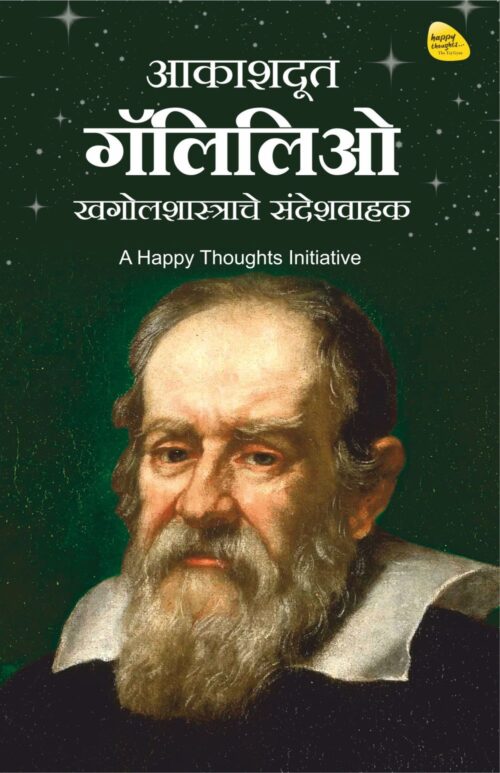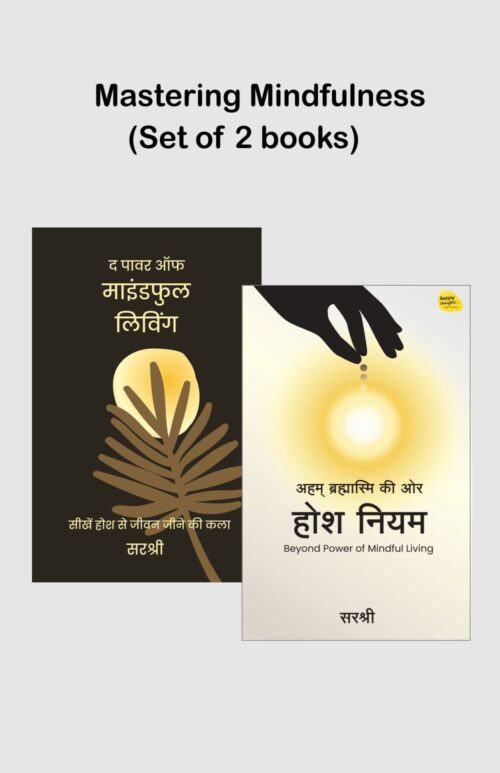
Seek Refuge in the Buddha, the Awakened State
On the auspicious occasion of Buddha Purnima, let us understand the missing links in the import of some of the Buddha’s teachings to direct our lives towards liberation.
There is a significance behind the three names associated with the life of the Buddha. As Siddhartha, he lived the life of a prince. As Gautama, he became an ardent seeker of truth. This phase of his life embodied his journey of seeking, the rigor of his austerities, and his insights from meditation. Finally, he attained the awakened state called Buddha. Thus, Buddha is not the body but the state of enlightenment.
After enlightenment, he propagated teachings that have been guiding seekers on the path of liberation. Let us take a lateral view of these teachings.
- The Universal Truth: The human mind is the same, regardless of time or place. Whether it is the ancient past, the present times, or the distant future, whether one is native to the west or to the east, this truth doesn’t change. The Buddha propagated wisdom of this all-pervading changeless truth.
- The power of discernment of the human intellect—Vivek Buddhi: During those times (and even today), society is entrapped in the mechanical practice of rites and rituals without a clear understanding of their essence. Such ritualism—such as chanting mantras, counting beads, performing rites, wearing saffron robes—has been considered as spirituality. Each of these practices had a deep symbolic significance, which has been lost. It is like throwing away the chocolate and chewing the wrapper!
Rituals have been unquestioningly passed over from generation to generation and people have taken them on face value, without bothering to unravel their hidden essence. The habit of deep contemplation and self-introspection has become a rare virtue. The Buddha appealed to the masses to awaken their power of discernment and introspect the value of these practices. He encouraged them to question whether these practices really bring liberation from suffering.
- Samyak Samadhi Sangha: It is important to understand the meaning of “Samyak.” Seekers who practice meditation achieve a concentrated mind, which then leads to the no-mind state of Samadhi. Here, Samadhi implies “Samay-aadi”—beyond the sense of time. Even when one watches an enthralling movie for two hours, one loses the sense of time! But such an experience of Samadhi is not backed by wisdom. “Samyak” Samadhi is a state where there is equanimity that arises from insight of the truth. This state is devoid of fear and greed. It is free from attachment and aversion, the pull of comforts and resistance to discomforts.
“Sangha” in this context means being in the company of seekers who practice Samyak Samadhi. What is the nature of those whose company we tend to have? Here, company not only means people, but also the topics that we entertain. The right company is that which aligns with the teachings. Otherwise, it doesn’t take time for groups of people to lose direction and get derailed. They indulge in interests that deviate from their primary purpose.
- Attachment is suffering: Why did the Buddha enjoin upon seekers to refrain from indulging in Maya—illusory enchantments? It was because when one connects with the topics of the world, one inadvertently develops attachment. Attachment also breeds aversion, thus trapping one in the duality of opposites. Attachment can be very subtle and cannot be discerned easily at a shallow level.
In the sweltering heat of summer, suppose someone moves from a hot room to an air-conditioned chilled room. If he then returns to the hot room, how will he feel? Having contacted the pleasure of the chill comfort in the air-conditioned room, he begins to feel a discomfort and aversion towards the hot and sweaty atmosphere. He doesn’t realize when the seeds of attachment have been subtly sown within.
One of the four noble truths (Arya Satya) that the Buddha expounded was Dukkha—suffering borne from attachment and craving. The Buddha enjoined the practice of Sadhana as the way of liberation from suffering, for which he charted the eightfold path. One need not renounce the world to practice Sadhana. It can be practiced while living in the world and discharging one’s duties.
- Seek refuge in Awakening: In the journey of truth, people seek refuge in places of worship, pilgrimage, the mountains, or forests. But the Buddha cautioned them about the risk of getting stuck at such places. He proclaimed, “Buddham Sharanam Gachchami”—Seek refuge in the Buddha. The safest place to surrender is in the refuge of the Buddha.There is a missing link here. In this context, “Seeking the refuge of the Buddha” does not mean seeking the refuge of any personality or body. People tend to get stuck to personalities. Buddha means the awakened state. So, seek refuge in awakening. No physical place of pilgrimage or worship can be safe as long as the tendencies of the mind are active. It is only in the presence of an awakened state that one can be safe from the pull of Maya.
- Seek refuge in Dhamma: His second proclamation was, “Dhammam Sharanam Gachchami”—Seek refuge in the teachings. Abiding by the teachings saves us from delusion and indulgence. The meaning of “Dhamma” has been corrupted, as people connect it with religious faiths. But in this context, Dharma implies teachings that lead to awakening of our true nature. Aligning with the teachings paves the way to Nirvana—liberation.
- Seek refuge in Sangha: His third proclamation was, “Sangham Sharanam Gachchami”—Seek refuge in the company of Truth. We have already discussed the importance of cultivating the right company earlier.
On the occasion of Buddha Purnima, let us contemplate on the Buddha’s teachings and endeavor to imbibe them in our life. May we be liberated from the tendencies that cause sorrow and seek refuge in the awakened state.
~ Based on the teachings of Sirshree


















7 comments
Padma Sridhar
Thank you for this great information
Ravinder Arora
Sir shree ki kirpa baras rahi hai
Indu
Happy thoughts
Sheetal
Dhanyawad Sirshree for realising the True meaning of Buddha’s teachings..
Subhash
Very concisely and clearly expounded. Dhanyawad.
Prafulla
Dhanyawaad Sirshree for giving so much clarity about the preachings of Buddha.
May be because of oversight, serial number 6 stands missing.
Sadar Naman Sirshree
Sneha
Let us all become Buddha by following the core essence of Buddha’s teachings. Dhanyawad Sirshree!